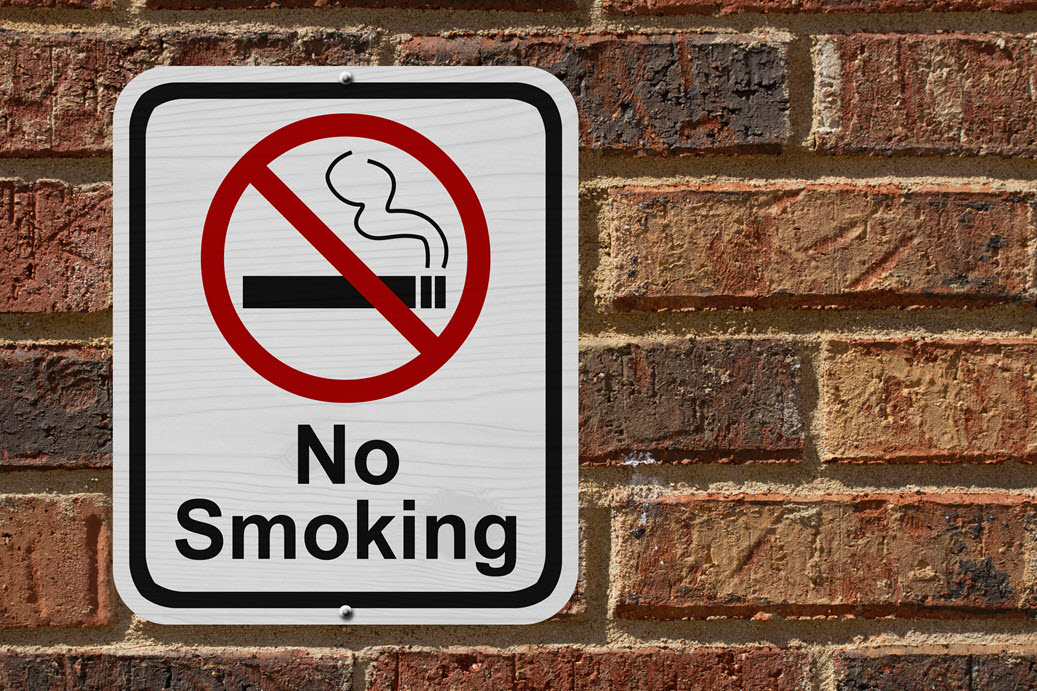As your ApartmentHomeLiving.com Local Expert for Portland, Oregon, I’d like to briefly introduce myself. My name is Chad, and I come to the ApartmentHomeLiving.com team after living in Portland for decades. Since I arrived in 1997, I have lived the single life, gotten married, and had children, so I have examined all that this city has to offer from a variety of different perspectives. I have also lived on both the West and East sides of the city. And any Portlander can tell you that these opposite sides of town come with often opposing priorities and cultures.
For decades before I arrived, Portland enjoyed a reputation as the far more affordable little cousin to Seattle to its north and San Francisco to its south. But Portland has long ago graduated to the “big leagues” in terms of the expenses and inconveniences that go hand-in-hand with living in a thriving urban mecca. Fortunately, you can stretch your dollar quite a bit further if you choose to settle in the right neighborhood.
These 10 exceptional Portland neighborhoods are a great place to start!

Goose Hollow
Although it is located just northwest of Downtown Portland, Goose Hollow has a cozy small-town feel. Nestled up against the foot of Portland’s West Hills, it is full of shady trees and quaint places to grab a great sandwich, a cold beer, or a cup of gourmet coffee. Due to its central location at its centra MAX light rail station, it is easy to explore the entire city from Goose Hollow. It is home to the Goose Hollow Inn, which is famous among fans of the Twin Peaks television show for being a favorite haunt for the actor who played the “One-Armed Man.” The neighborhood is also adjacent to Washington Park, the Oregon Zoo, and the Portland Japanese Garden.

Cedar Hills-Cedar Mill
A quiet, suburban community on Portland’s west side, the Cedar Hills-Cedar Mill neighborhood attracts large numbers of young professionals with families. It has some of the most highly rated public schools in the Portland areas and ample green spaces such as the 18.5-acre Jordan Woods Natural Area and the 5-acere Cedar Mill Park. With its Cedar Hills Crossing shopping mall and its easy access to US-26, Cedar Hills-Cedar Mill makes it easy for residents to get what they need and get where they are going. Considering all that it has to offer, this relatively affordable neighborhood offers an amazing bang for your housing buck!

Linnton
A small but diverse community in northwest Portland, Linnton is sandwiched between the Willamette River and Forest Park. One of the biggest urban forests and city parks in the United States, Forest Park spans 5,200 acres of green space. The Linnton Neighborhood Association accurately describes neighborhood residents as a “mix of professionals, artists and salt-of-the-earth working folks who champion unity, independence and a rustic spirit.” While Linnton’s riverside location is highly desirable for many, the industrial zoned banks of the Willamette in this neighborhood have long struggled to balance industry with greenery.
St. Johns
The iconic St. Johns Bridge spans the Willamette River to connect Linnton on its west side to the historic neighborhood St. Johns on its east side. The site of a formerly independent 1844 settlement, this neighborhood features many landmark buildings, including a quaint turn-of-the-century post office. St. Johns has an abundance of public parks including the striking Cathedral Park. Located at the foot of the St. Johns Bridge near the confluence of the Willamette and Columbia rivers, this park gets its name from the cathedral-like bridge arches that tower above it. In fact, I officiated a beautiful outside wedding for dear friends directly beneath those sweeping arches!

Park Blocks
Spanning 12 city blocks of downtown Portland, the Park Blocks are amazingly spacious and covered with towering, leafy trees. This is the site of a weekly pop-up farmers market and many other community events during the summer months. The Park Blocks are home to many of Portland’s most prominent cultural attractions, including the Oregon Historical Society Museum and the Portland Art Museum. Adding to the overall atmosphere of scholarship and refinement in the Park Blocks is Portland State University, where I earned my master’s degree in English. There are also many diverse restaurants and stores in the neighborhood. Connecting directly to the Portland Streetcar and other public transportation options, the Park Blocks offer residents convenient access to Portland as a whole.

Arlington Heights
While it is far from the least expensive neighborhood on this list, Arlington Heights provides tremendous value in light of its incredible benefits and amenities. Winding up Portland’s west hills, this neighborhood offers breathtaking views of the city with Mt. Hood in the distance, although it is within easy walking distance of the heart of downtown. Furthermore, Arlington Heights contains or borders some of Portland’s most popular destinations, including Washington Park, the International Rose Test Garden, the Hoyt Arboretum, the Oregon Zoo, and the Portland Japanese Garden. Highly residential, this is a great neighborhood for families and other people who want a peaceful oasis near the hustle and bustle of the city.

Old Town
Incredibly affordable considering its highly convenient location, Old Town lies at the very heart of the city. Portland is divided into four sections by the Willamette River (which separates its east and west sides) and Burnside Street (which separates its north and south sides). Old Town sits where the Burnside Bridge connects with the west bank of the Willamette. It facilitates many easy private and public transportation options that range from biking to bussing. This neighborhood is home to two of Portland’s most iconic structures: Skidmore Fountain in Ankeny Plaza and the neon White Stag “Portland Oregon” sign.
Chinatown
Directly adjacent to Old Town, Chinatown represents the history of Portland’s early Chinese community and supports more than two dozen Chinese-owned businesses. You can visit this area to purchase a variety of Asian grocery items and herbal medicine. This surprisingly affordable neighborhood also contains the Lan Su Chinese Garden, a traditional Chinese walled garden that occupies an entire city block. Visitors to Portland’s Chinatown simply cannot miss its entrance thanks to the elaborate Chinatown Gateway structure that marks it!
University Park
As Portland continues to expand in population, one of its smaller neighborhoods has become one of its most desirable. North Portland’s University Park may not have the grandiose homes, manicured landscapes, and colorful storefronts that grace some of Portland’s more well-known neighborhoods, but it is ideal for anyone who wants a pleasant smaller house on a relatively quiet street. It is bordered by both the Willamette River and Lombard Street, a main north Portland thoroughfare with a wide assortment of restaurants, shops, and other businesses. Centered around the University of Portland, this neighborhood has a large student population but contains a broad mix of retirees and families as well as young people. In terms of green spaces, University Park packs two extremely nice public parks (Irving Park and McKenna Park) within its modest 11.5 acres.

Portsmouth
Just northeast of University Park, Portsmouth is another neighborhood that is rapidly rising to prominence in the wake of Portland’s rapid population expansion. It features a similar mix of young and old singles, couples, and families. It is home to several attractive parks as well as the Portsmouth, Clarendon, and McCoy community gardens, where residents can plant fruits, vegetables, and flowers free of charge. Notable businesses in this largely residential neighborhood include Windows Booksellers. If you’re a bibliophile like me, you’ll want to check out its large collection of used books, some of which are highly collectible!




